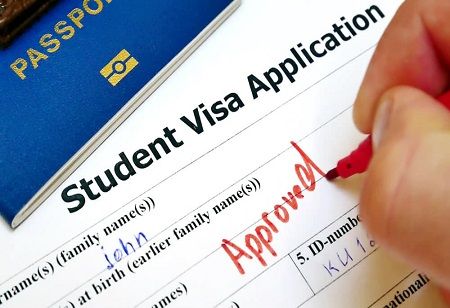- Australia’s $2,000 student visa fee hike sparks backlash, with calls to reduce it for short-term learners like ELICOS and exchange students.
- Sector leaders warn of closures and enrollment drops, as the fee burden affects skills training and global student mobility, especially from Southeast Asia and South America.
- Fee cut to $1,000 under consideration, with earliest implementation by January 1, amid growing pressure ahead of PIE Live Asia Pacific policy talks.
In the face of growing alarm among Australia's international education industry, industry leaders are pressing the government to act quickly to lower the newly raised $2,000 student visa charge for some groups. Phil Honeywood, the CEO of the International Education Association of Australia (IEAA), was optimistic that continuous lobbying efforts can push for a specific cut, especially for independent ELICOS students, learning abroad program participants, and non-award course students for less than 12 months. A cut to $1,000 for the above-stated groups is in consideration, and the earliest possible date to implement is January 1.
The current $2,000 fee, introduced in July 2025, follows a steep hike just a year prior from $710 to $1,600 marking a 125% increase. Honeywood warned that this latest change is 'killing' the ELICOS sector, which has already seen the closure of multiple providers including IH Sydney, the Language Academy, Perth International College of English, and Lonsdale Institute. These closures reflect growing instability in the sector, as both students and institutions struggle with the financial burden.
Also Read: China Plans to Make Early Childhood Education Free to Ease Burden on Families
Independent Tertiary Education Council Australia (ITECA) CEO Felix Pirie reflected Honeywood's sentiments, adding that the fee increase is significantly affecting skills training enrollments, particularly from major markets in Southeast Asia and South America. Pirie clarified that although government representatives indicate the additional $400 is insignificant in the face of the $28,000 students already have to spend studying in Australia, this raise can amount to more than one month's salary in certain nations posing a substantial, non-returnable financial risk.
The visa increase's effect is also being felt in university collaborations. The Regional Universities Network (RUN), and the Innovative Research Universities (IRU) on behalf of 14 institutions, found some of the international partner institutions are now diverting exchange students away from Australia because of the cost, thus cutting back on two-way study opportunities for Australian students. These groups have added their voices to demands for immediate fee cuts for students arriving for short courses, calling for parity with current exemptions already provided to students from Pacific Island countries.

